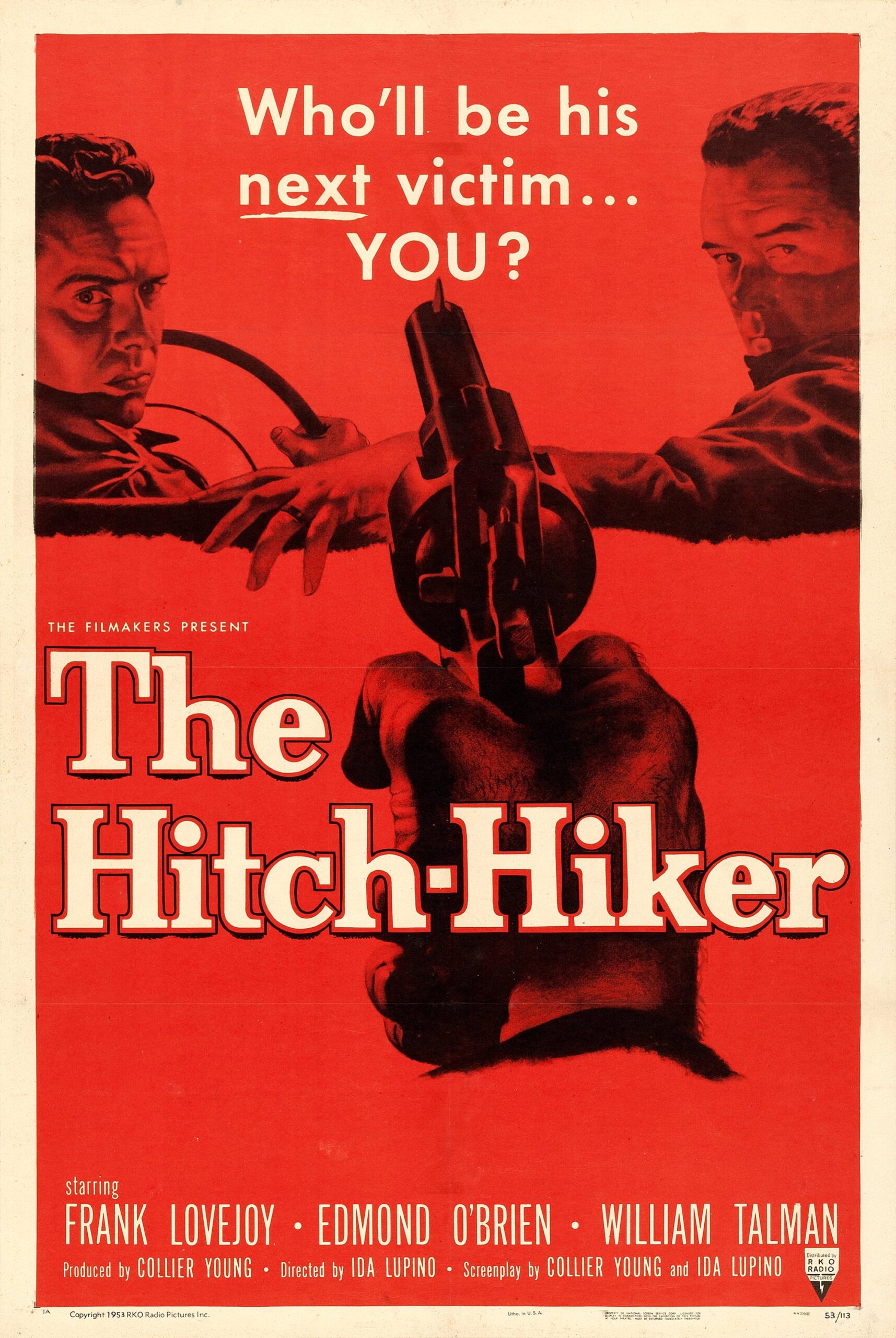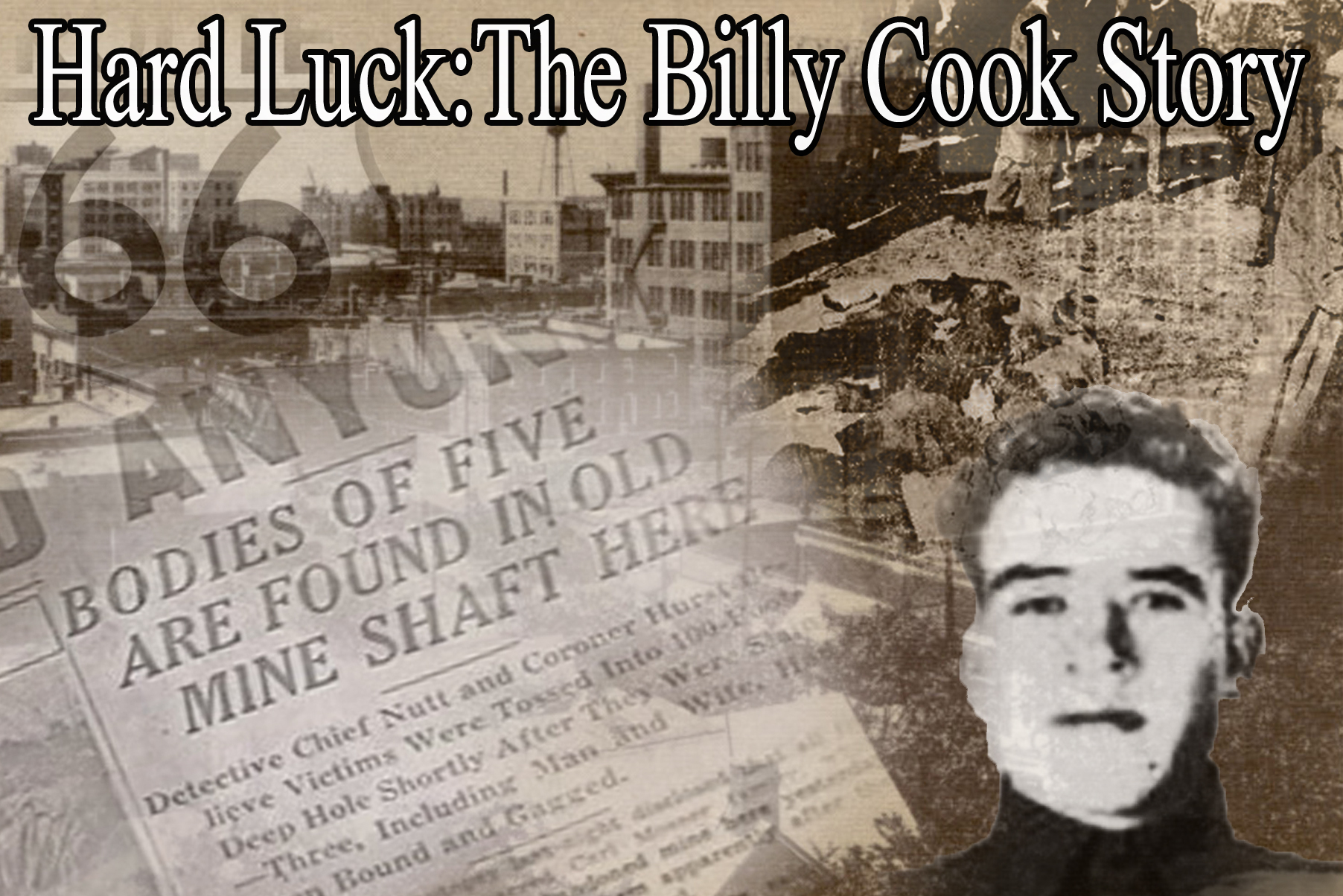
The crimes of Billy Cook left an indelible mark on the communities he terrorized, evoking fear and trauma that lasted far beyond his capture. The film “The Hitch-Hiker” provided a fictionalized account of Cook’s chilling crimes, offering a glimpse into the darkness that can reside within individuals and the profound effects it can have on society. The legacy of Billy Cook serves as a chilling reminder of the depths of human depravity. The heinous acts he committed and the lasting impact they had on the victims and their communities will forever be etched in history, reminding us of the importance of vigilance and empathy in the face of evil.
Billy Cook: The Hitchhiker from Hell
Overview of Billy Cook’s Crimes
Billy Cook was a notorious spree killer who embarked on a terrifying crime spree that included kidnapping, robbery, and murder. Over a span of 22 days, he took the lives of six innocent people while hitchhiking, leaving a trail of fear and devastation in his wake. The chilling nature of Cook’s crimes shocked the nation and captivated the public’s attention.
Billy Cook’s crimes were marked by a sense of unpredictability and brutality. He targeted unsuspecting victims who offered him a ride, using their kindness as an opportunity to carry out his heinous acts. His victims ranged from young children to elderly men, showing a complete disregard for human life. Cook’s ability to blend in with society and gain the trust of his victims made him an even more sinister and dangerous predator.
One example of Cook’s chilling crimes is the case of the Mosser family. Cook hitched a ride with the Mosser family, consisting of a husband, wife, and their two young children. After driving for some time, Cook forced the family to stop the car and tied them up at gunpoint. He then proceeded to shoot and kill all four members of the family, leaving their bodies on the side of the road. This senseless act of violence sent shockwaves through the community and intensified the nationwide manhunt for Cook.

Background of Billy Cook
Billy Cook’s troubled background played a significant role in shaping his criminal behavior. As a child, he experienced abandonment and endured a difficult life in institutions. These early experiences, coupled with his antisocial personality disorder, may have contributed to his lack of empathy and propensity for violence. Cook’s disturbing upbringing sheds light on the dark forces that drove him to commit heinous acts.
Cook’s troubled childhood is exemplified by his time spent in the foster care system. He was shuffled between various homes, never experiencing the stability and love that every child deserves. Cook’s lack of a stable family structure left him feeling disconnected and unloved, fueling his anger and resentment towards society. These feelings of abandonment and rejection likely played a significant role in his descent into a life of crime.

Investigation and Capture of Billy Cook
The nationwide manhunt for Billy Cook was a relentless pursuit to bring him to justice. After an extensive search, he was ultimately apprehended in Mexico. Cook’s reign of terror came to an end when he kidnapped and held two prospectors hostage, leading to his capture. The tireless efforts of law enforcement and the cooperation of the public contributed to the successful investigation and capture of this dangerous criminal.
One example of the intense manhunt for Cook is the case of the kidnapping and hostage situation that ultimately led to his capture. Cook abducted two prospectors, Carl Mosher and his son, from a mining camp in Arizona. He held them hostage for several days, using them as a shield to evade law enforcement. However, the prospectors’ resourcefulness and bravery allowed them to escape and notify the authorities, leading to Cook’s capture. The collaboration between law enforcement agencies and the determination of the victims played a crucial role in bringing an end to Cook’s reign of terror.
Impact of the Crimes on the Community
Billy Cook’s crimes had a profound and lasting impact on the communities affected by his reign of terror. The fear instilled by his actions lingered long after his capture. The nationwide manhunt created a sense of urgency and unease among the public, leaving a lasting psychological impact on the community. The trauma experienced by those directly affected by Cook’s crimes serves as a chilling reminder of the darkness that can reside within individuals.
The impact of Cook’s crimes can be seen in the aftermath of his reign of terror. The communities that fell victim to his violence experienced a loss of innocence and a heightened sense of vulnerability. People became more cautious and distrustful, wary of extending a helping hand to strangers. The psychological scars left by Cook’s crimes will forever shape the way these communities view the world around them.
One example of the lasting impact of Cook’s crimes is the case of a small town that was directly affected by his acts of violence. The residents of this town lived in constant fear during the manhunt, locking their doors and avoiding any interaction with strangers. Even after Cook’s capture, the trauma remained, resulting in a collective sense of unease and a loss of trust within the community. The chilling legacy of Cook’s crimes will forever haunt the lives of those who experienced his reign of terror firsthand.
Billy Cook’s Trial and Sentencing
Billy Cook faced the consequences of his horrific crimes through the legal system. He was tried and convicted for his acts of violence. Due to the severity of his actions, Cook received the ultimate punishment—a death sentence. The trial provided closure for the victims’ families and the community, ensuring that Cook would never again pose a threat to society.
The trial of Billy Cook was a pivotal moment in the pursuit of justice for his victims. The courtroom became a battleground where the prosecution presented evidence of Cook’s heinous crimes, leaving no room for doubt about his guilt. The emotional testimony of the victims’ families further solidified the need for a severe punishment. Ultimately, the jury’s decision to sentence Cook to death was a reflection of the immense pain and suffering he had inflicted upon innocent lives.

Burial of Billy Cook
Following his execution, Billy Cook was buried at Peace Church Cemetery, marking the end of his chilling legacy. The burial took place at midnight, illuminated only by the headlights of a police car. The secretive and somber nature of the burial reflected the haunting nature of Cook’s crimes and the desire to put his dark chapter to rest.
The burial of Billy Cook was a solemn and private affair, with only a few individuals present to witness the final chapter of his life. The darkness of night and the dim light cast by the police car added to the eerie atmosphere surrounding the burial. It was a stark reminder of the evil that Cook had brought into the world and the need to bury it deep within the confines of the cemetery. The burial served as a closure not only for the families of Cook’s victims but also for the community at large, symbolizing the end of a terrifying era.

The Inspiration for “The Hitch-Hiker” Film
The crimes committed by Billy Cook served as the inspiration for the film “The Hitch-Hiker”. Director Ida Lupino conducted her own research into Cook’s case, including interviewing the actual hostages who influenced the characters in the film. Lupino’s personal encounter with Cook during her visit to San Quentin prison played a pivotal role in her decision to bring Cook’s story to the screen. The film shed light on the sinister nature of Cook’s crimes and their impact on the victims.
“The Hitch-Hiker” was a groundbreaking film that delved into the chilling world of a real-life spree killer. Director Ida Lupino was determined to portray the psychological terror experienced by Cook’s victims and the lasting effects of his crimes. Through her extensive research and interviews with the survivors, Lupino was able to capture the essence of Cook’s reign of terror and translate it onto the screen. The film served as a chilling reminder of the evil that can lurk within individuals and the devastating consequences it can have on the lives of innocent people.
Depiction of Billy Cook in the Film
In “The Hitch-Hiker,” Billy Cook was portrayed through the character of Emmett Myers, a sadistic and terrifying killer. The film captured the intense fear, anger, and frustration experienced by the hostages, highlighting the psychological impact of Cook’s crimes [3]. The character of Myers offered no sympathetic backstory, presenting Cook as a menacing figure capable of inflicting terror without remorse.
The portrayal of Billy Cook in “The Hitch-Hiker” was a chilling reflection of the real-life monster he was. The character of Emmett Myers was devoid of any redeeming qualities, embodying the pure evil that Cook represented. The film depicted Myers as a sadistic and remorseless killer, highlighting the terrifying power he held over his hostages. The intense fear and psychological trauma experienced by the hostages were brought to life on the screen, leaving a lasting impact on the audience.
Download our free Ebook!
Billy Cook. Unveiling the layers of his tumultuous existence, we delve into the chilling crimes that etched his name into the annals of criminal history. From the heartland of America to the harrowing scenes of violence, we trace the footsteps of a man whose actions shocked a nation.
Discover the captivating true story that inspired the iconic movie “The Hitchhiker” by downloading our free Ebook! Dive into the compelling narrative of Billy Cook’s life, unraveling the facts behind this infamous figure whose tale left an indelible mark on cinema history.

